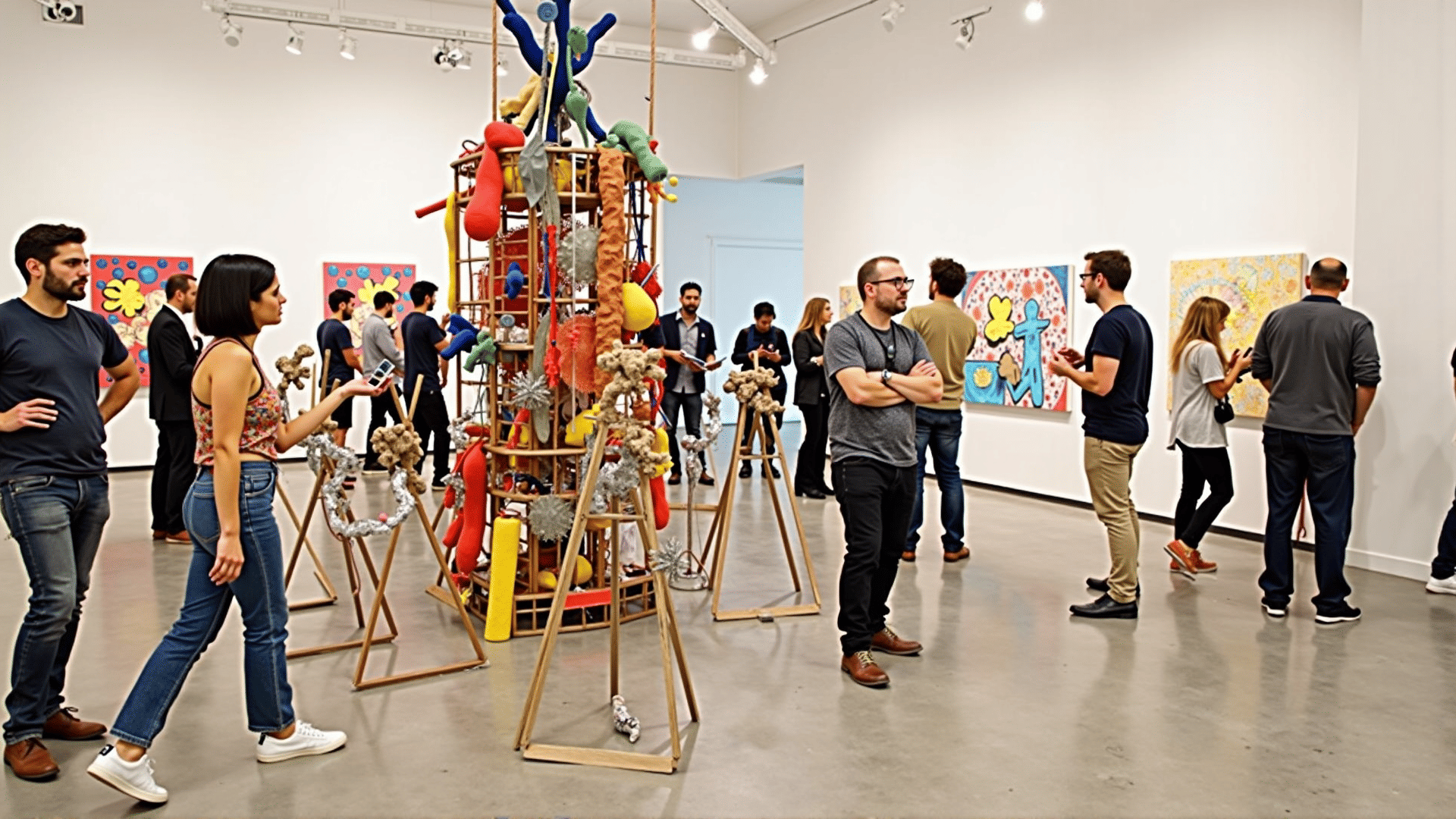In the vast realm of creative expression, certain forms stand out for their ability to astonish and captivate. These unconventional styles defy typical boundaries, inviting audiences to rethink their perceptions and engage with creativity in unexpected ways. This exploration reveals the imaginative potential and bold spirit of artists who dare to challenge the usual.
One such style is surrealism. Emerging in the early 20th century, it’s renowned for its dreamlike quality and illogical scenes, often combining ordinary objects in extraordinary settings. Surrealists like Salvador Dalí and René Magritte used this approach to question reality and stir the imagination, allowing dreams and the subconscious to guide their creations.
Equally captivating is the technique of assemblage. By arranging commonplace items in unorthodox compositions, artists transform everyday objects into unique visions. This method blurs the lines between sculpture and collage, creating multi-dimensional works that evoke both introspection and intrigue. Pioneers such as Joseph Cornell and Louise Nevelson have raised this art form to new heights, transforming forgotten objects into provocative narratives.
Kinetic art introduces motion as a core element, invigorating traditional sculptural practices. By incorporating movement, whether mechanical or audience-driven, these pieces are dynamic and ever-changing. Artists such as Alexander Calder revolutionized this style, allowing viewers to experience the fluid interaction of art and physics firsthand. Such work prompts a continuous dialogue between the piece and its observer, opening the door to endless interpretations.
In the realm of abstract expressionism, we encounter a departure from form, leaning heavily on the emotional resonance between color and gesture. This radically free practice, championed by figures like Jackson Pollock and Mark Rothko, emphasizes the process as much as the final outcome, encouraging a spontaneous connection between artist and canvas. The result is an evocative narrative told through splatters and strokes that bypass conventional representation.
Street art and graffiti further embody the spirit of defiance, utilizing public spaces as canvases to communicate powerful messages. This form often challenges societal norms and gives voice to the marginalized, making art accessible outside traditional venues. Artists like Banksy use satire and wit to provoke thought and dialogue on issues ranging from politics to environmental concerns.
Installation art also subverts expectations by creating immersive environments rather than singular pieces. These expansive works, from Yayoi Kusama’s infinity rooms to Christo and Jeanne-Claude’s monumental landscapes, are designed to envelop viewers entirely, transforming interaction into an integral aspect of appreciation.
In embracing digital technology, new media art has emerged at the frontier of innovation. These projects blend computational power with artistic vision, offering interactive and immersive experiences that respond to environmental cues or user input. Digital artists like teamLab push the boundaries of perception, crafting experiences that merge the virtual and physical worlds in breathtaking harmony.
Exploring these surprising and distinctive styles encourages a fresh appreciation for the vast potential within the human spirit to reinterpret and reshape the artistic landscape. As artists continue to push limits and refine their craft, they forge new paths in understanding, challenging viewers to step beyond the familiar and embrace the exhilarating unpredictability of unconventional expression.
